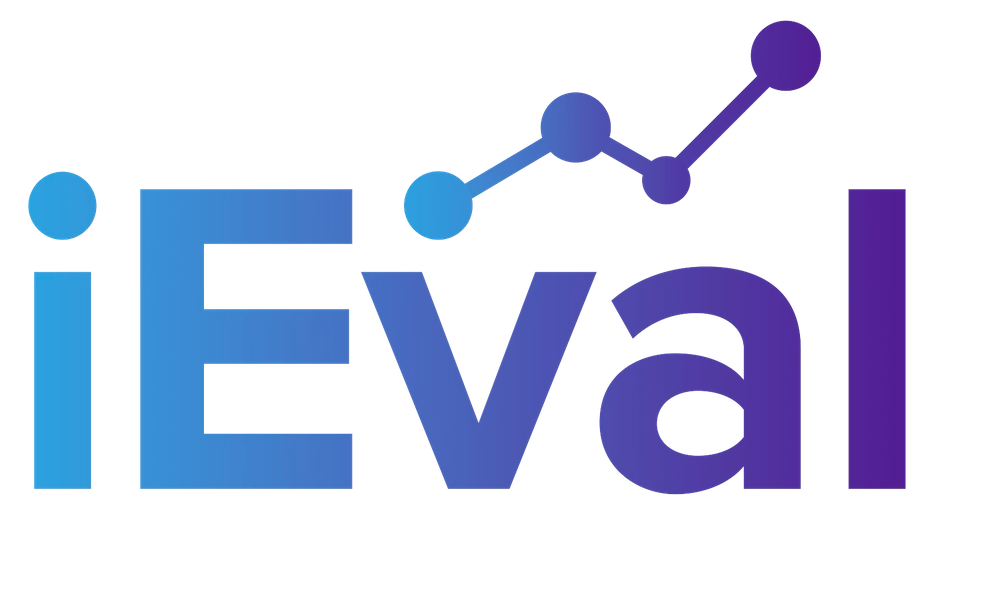A portion of the discussion of how to increase the use of evaluation findings has been centered around the presentation of data. Evaluators around the world argue that findings should be presented in way that is user-friendly or digestible for an audience who lives and works in a world where nobody has any time for anything outside of what they HAVE to do. My colleague, Kristin, discussed the need to focus on presentation of evaluation information in her post last week and provided some great tips on how to begin thinking about improving the graphical representation of the information we want to present to our clients.
What we also must consider are the range of data visualization techniques and tools that are available to us in this day and age of technology. One of these, that I have used a fair bit and enjoy messing around with, is Geographic Information Systems (GIS). GIS is all about the production and representation of data in the context of maps. Maps are powerful tools for understanding the context of a place, and they function as a lens through which information is passed and represented to the user.
In our work we have used GIS a handful of times, in situations where we believed that the presentation of data in the form of a map was the most likely way for us to enhance the utility of the information we intended to share. We have used GIS to create maps of service delivery sites in relation to where the clients of these lived. This led to the revelation that a whole neighborhood, where many of the families which utilized this particular service lived, did not have a service site. This subsequently led the organization to begin the process to developing a new service site in order to enhance the accessibility of their services to the households they served.
Would the information we presented in this particular scenario have been used the same way if we hadn’t presented it in map form? Maybe. But I would argue that it would likely have been a conclusion arrived at by us, as the evaluation team, whereas through the presentation of this particular map the clients themselves arrived at said conclusion. This is not insignificant since research on the utilization of evaluation findings has shown that when stakeholders feel ownership over elements of the evaluation, such as the findings, it is likely to enhance use.
So, what’s my point? Basically, I love maps, and you should too. Much of the information we collect has a spatial component. On the simplest level, the programs we work with operate within certain spaces: blocks, neighborhoods, towns, cities, counties, countries. Maps can help us to understand what is going on in these places before we undertake an evaluation, they can help us to fit our data into the context of where it came from, and it can help us to visualize in ways which may help facilitate interpretation and use.
Before you go out and become the ultimate cartographer, let me put in one word of caution when it comes to the use of some of these sites. You MUST be sure to review privacy agreements. Some of these sites allow you to upload and map your own data, but the data becomes public.
I also want to point out that it can take time and dedication to figuring out some of the more advanced GIS software out there. However, as Kristin mentioned in her post last week, you can likely find someone who can provide the technical expertise. One good place to start is geography departments at universities.
Below are a few resources if you’re interested in reading more about maps:
COREY’S USEFUL TIP: To get started thinking about GIS, consider your own work. How does geography play a role in your community or the communities of the programs you evaluate? Do you think that a spatial component may exist in your work? If so, GIS may be a good option to explore.

